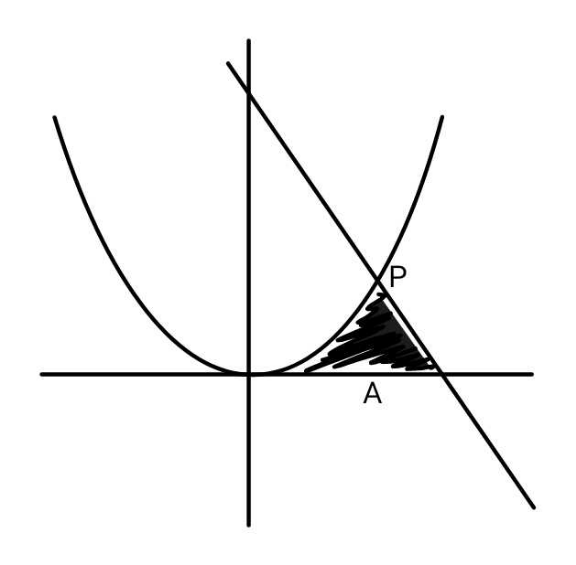
AllQuestion and Answers: Page 509
Question Number 168579 Answers: 0 Comments: 1

Question Number 168576 Answers: 0 Comments: 1
Question Number 168575 Answers: 1 Comments: 0
Question Number 168558 Answers: 2 Comments: 1

Question Number 168556 Answers: 1 Comments: 0
Question Number 168555 Answers: 2 Comments: 0

Question Number 168552 Answers: 0 Comments: 0

Question Number 168550 Answers: 1 Comments: 0

Question Number 168549 Answers: 1 Comments: 0
Question Number 168548 Answers: 1 Comments: 0

Question Number 168546 Answers: 0 Comments: 0

Question Number 168538 Answers: 2 Comments: 0

Question Number 168537 Answers: 2 Comments: 0
Question Number 168534 Answers: 1 Comments: 0
Question Number 168527 Answers: 1 Comments: 0
Question Number 168526 Answers: 0 Comments: 0
Question Number 168525 Answers: 1 Comments: 0
$${Resolve} \\ $$$${x}^{\mathrm{2}} {y}^{''} +{xy}^{'} +{y}=\mathrm{1} \\ $$
Question Number 168519 Answers: 1 Comments: 0
Question Number 168518 Answers: 1 Comments: 1
Question Number 168515 Answers: 1 Comments: 1
Question Number 168510 Answers: 0 Comments: 1
Question Number 168509 Answers: 0 Comments: 0
Question Number 168499 Answers: 2 Comments: 0

Question Number 168497 Answers: 0 Comments: 1

Question Number 168493 Answers: 1 Comments: 0

Question Number 168492 Answers: 0 Comments: 3

Pg 504 Pg 505 Pg 506 Pg 507 Pg 508 Pg 509 Pg 510 Pg 511 Pg 512 Pg 513
